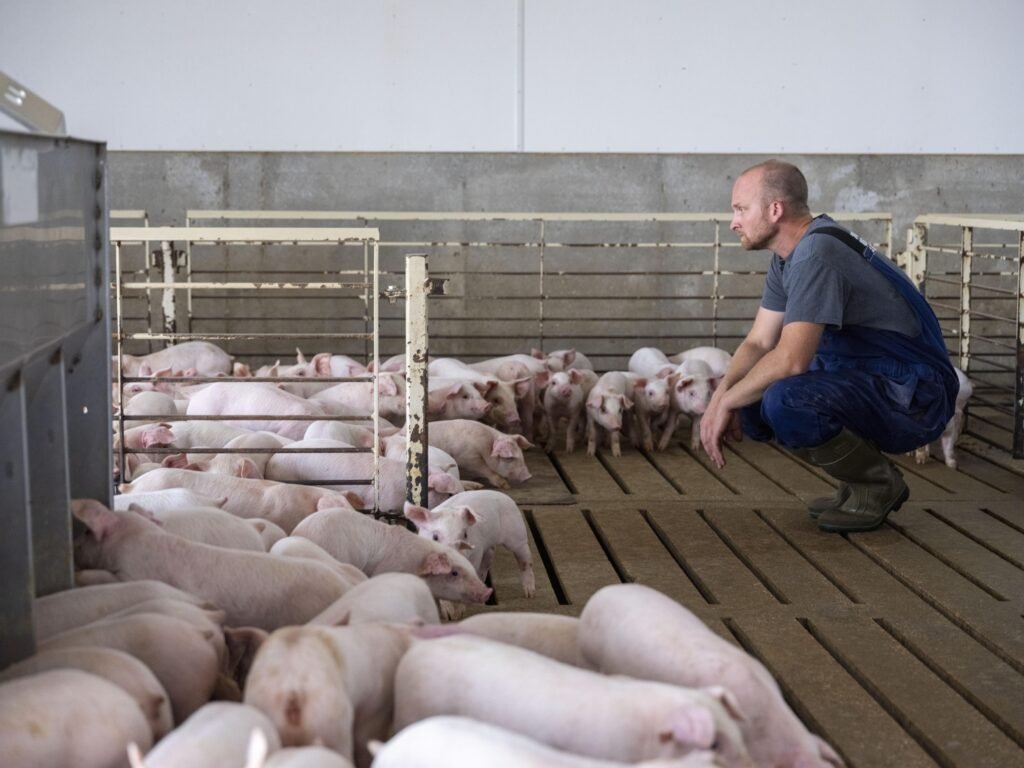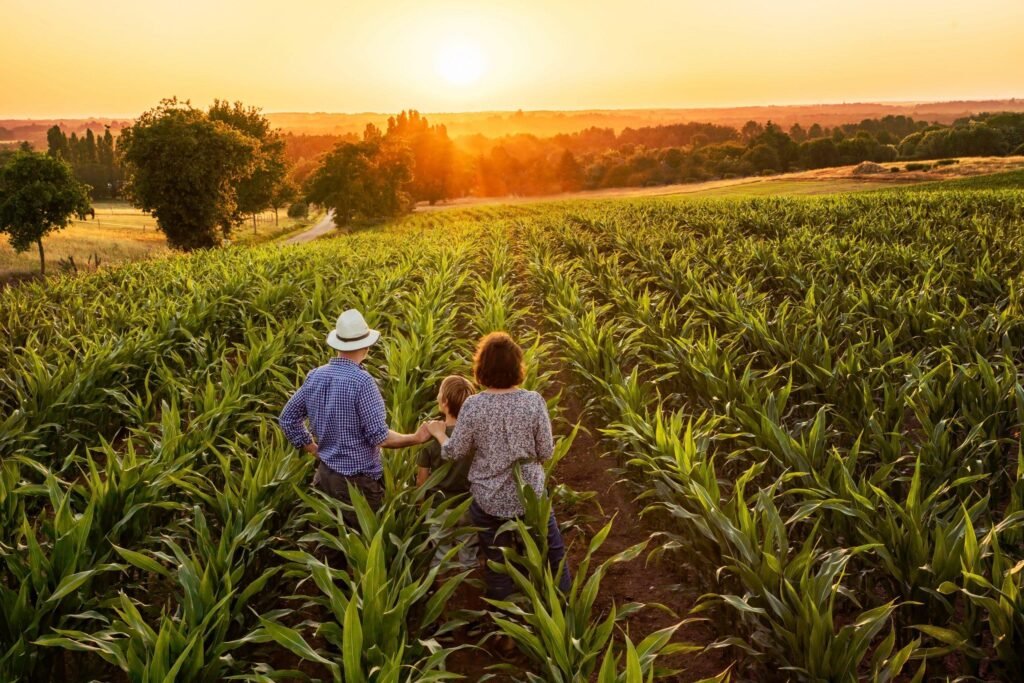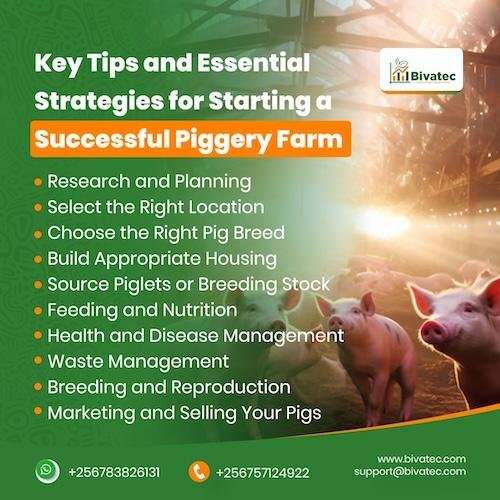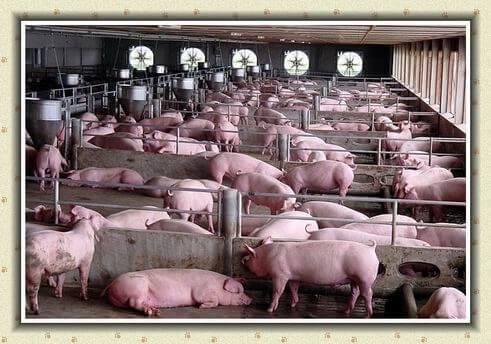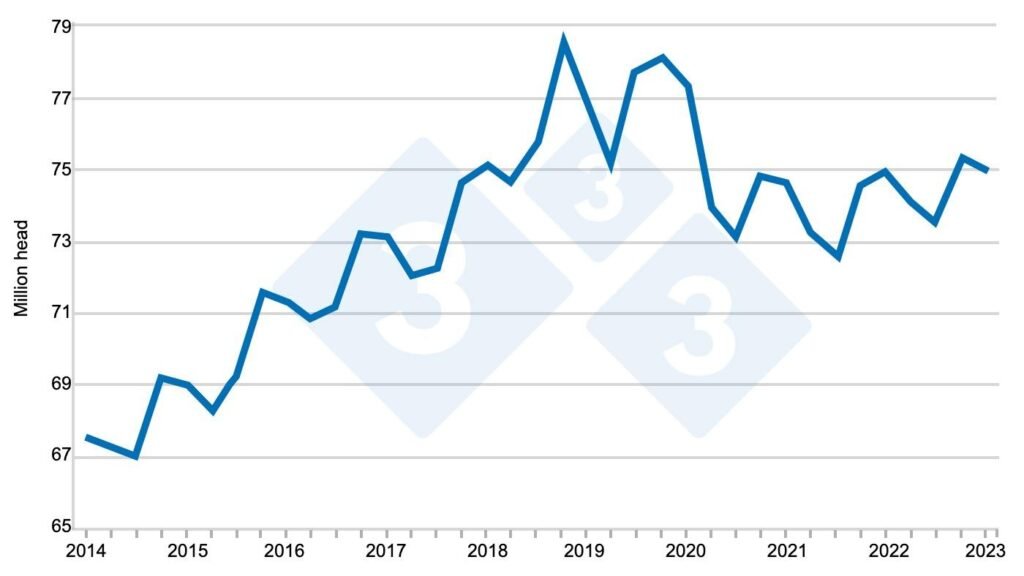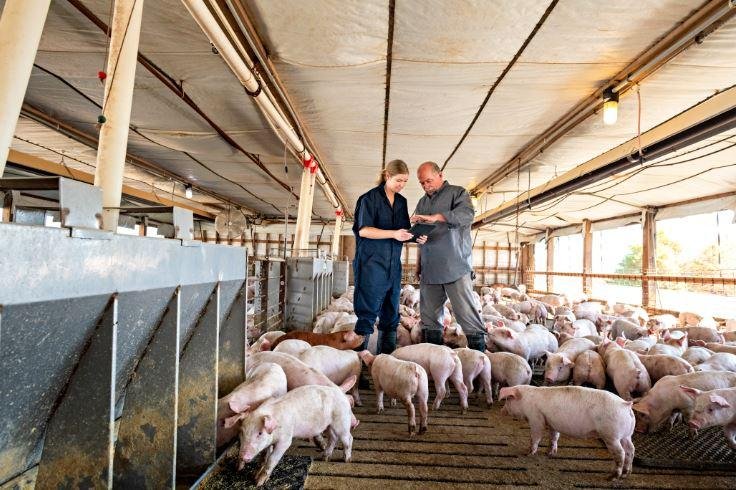Standing in the shadow of an old silo, a family recalls not just decades but entire cycles of seasonal innovation. On their farm, traditions in pig rearing don’t fade—they evolve, sometimes splitting off like tributaries from a common riverbed and sometimes looping back towards ancient methods forgotten by sleek industrial models. Many contemporary observers neglect to note how these generational farms play the long game where sustainability is not merely a buzzword but quietly encoded in every footstep across muddy paddocks.
Roots and Repetitions that Matter
Sustainable agriculture can be elusive for outsiders seeking straightforward answers. Leaning on experience passed down from elders who remembered both drought and plenty, multigenerational pig farmers handle their herds with consideration rooted as much in memory as modern science. Protecting people, pigs—and the planet—remains a crucial aspect underpinning most decisions. Prioritizing animal welfare sits alongside crop rotations and careful nutrient management. Oddly enough, that duty extends even into what’s left behind after harvest: manure transforms into fertilizer; nothing is wasted unless it’s oversight.
Really emphasizing resourcefulness—picture this—farmers will divert corn harvests entirely toward millrooms on-site versus selling grain at market price swings. This cycle fosters immense feed quality control since all corn raised is destined for local animals only. That embrace of circularity isn’t simply nostalgia; it generates measurable output improvements while obviously diminishing input costs that can fluctuate with global supply chains.
The Cover Crop Riddle
Odd topic pivot here: integrating cover crops has become as vital as fencing repairs or tractor upkeep for these operations. By patching fields immediately after combining machines leave stubble behind—with drones buzzing overhead sowing ryegrass or clover via no-till drills—a farmer insures soil against swift decline. In many climates prone to washouts or windborne topsoil loss, these green veils do more than decorum would suggest; they crowd out weeds while attracting gatherings of beneficial nematodes below ground level.
Though some might expect synthetic fertilizers would be hard to replace due to convenience alone, legumes (such as hairy vetch) provide slow-release nitrogen lending vigor without runoff headaches downstream. It’s fascinating watching the unsolicited worm populations increase—a quiet transformation indicating healthy tilth rather than sterile uniformity.
Wandering towards another idea now. Family hog farming operations increasingly see livestock husbandry intertwined with broader land stewardship responsibilities beyond mere compliance checklists practiced by corporate aggregators elsewhere.
Layered Systems: Unexpected Links Between Pigs and Pines
Agropastoral frameworks turn up frequently within veteran family farms pursuing closed nutrient loops instead of leaky linear economies typical elsewhere. Combining pigs with crops (sometimes trees stand cheek-by-jowl too) means one branch feeds another: swine-manured bedding nurtures future barley plantings while windbreaks populated by chestnut saplings shelter both field and hoof alike—good luck finding spreadsheets accounting for “shade benefit” during heat spells!
In truth, manipulating such intricate ecological webs requires more grit than glamour. Diverse enterprises—meat production joining hands awkwardly yet effectively with timber cultivation or market-garden plots—defy efficient summary but yield subtle synergies obvious only through repetitive trial.
Once in awhile though you have internal contradictions showing up on purpose or accident; more biodiversity does invite sporadic disease flare-ups requiring attentive biosecurity protocols even amidst claims about “natural resilience.”
Cultural Footprints Amid Modernization Waves
Hog farming innovations march onward fast—the drone-seeded oats last autumn were something Grandpa never foresaw—but there remains affection for wisdom wrapped up in yesterday’s hand tools stubbornly hanging over barn doors until needed again someday soon.
Passing knowledge down still looks different year-to-year despite underlying continuities held together less by curriculum than kitchen table postmortems after storms have gone through overnight fields again. Truthfully? Easy fixes surrendered ground years ago; what stays are layered problem-solving patterns flux-prone enough that outsiders squint trying to diagram them sensibly at conferences downtown where everyone expects clean PowerPoints free from digressions about missing wrench sets before sunrise chores kicked off planting season again.
There are critics maintaining large-scale multigenerational approaches inevitably cause friction when modern environmental obligations collide headlong into inherited habits—but those criticisms miss the curious experimentalism embedded within seasoned operations always limber enough beneath weather-worn hats to chase some new method if it echoes past successes faintly yet convincingly across unfamiliar spreadsheets charting less predictable growth curves than promised five years back under different tariffs altogether.
When someone says they were born “downwind from the smokehouse,” you realize sustainability runs deeper here than press releases admit—it echoes like distant church bells after sow-weaning season has ended twice over before regulations caught sight of its quiet effectiveness unfolding among humble mud-and-corn mosaics invisibly reforming rural ecology day-to-day without linear fanfare expected outside county lines—and sometimes inside too if gossip travels faster thereabouts during fair week celebrations skipped last July because pigs came first once again over everything else declared essential only according local clocks nobody wound except habit grudgingly inherited from generations watching pink tails circle sun-cast shadows one muddy furrow ahead of tomorrow’s forecasted solutions nobody yet has written down properly.

